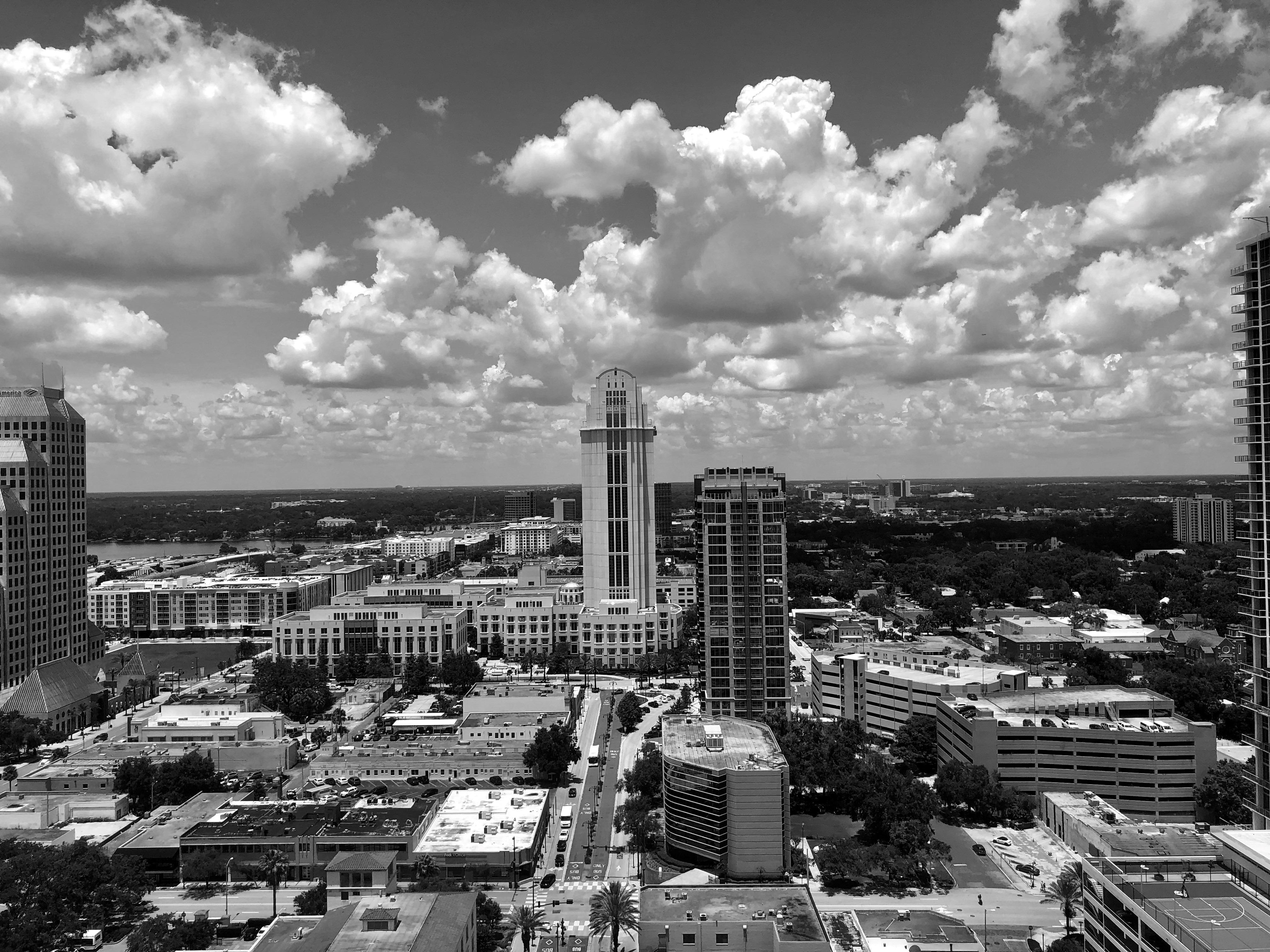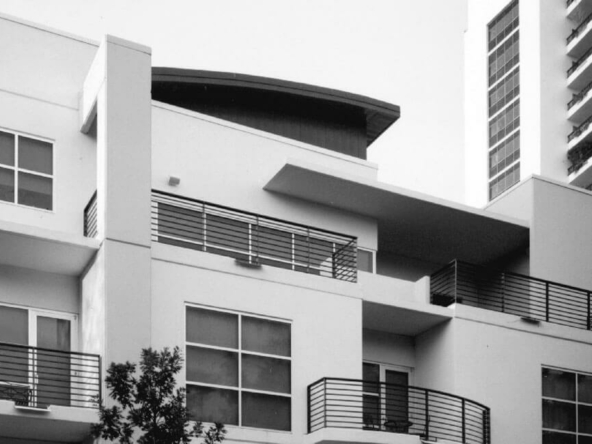Orlando may be home to the Happiest Place on Earth, but its apartment market is struggling to keep a smile on its face as it emerges from the recession.
That doesn’t mean there aren’t signs of promise in the Orlando economy. Take the job market. The pace of layoffs in the MSA continues to ease across all of Orlando’s main industries—business services as well as hospitality and leisure.
In the first three months of 2010, employers shed 600 jobs overall, an improvement from the loss of 22,600 positions in the corresponding period last year. Professional and business services employment expanded by 1,300 positions in the past two quarters with the addition of 800 jobs during the first quarter of this year. The increase may be partly attributable to a rise in temporary employment, which is typically a leading indicator of permanent hiring. However, following the loss of 2,400 positions last year, leisure and hospitality employers slashed an additional 500 positions in the first quarter.
Unfortunately, leisure and hospitality employment will not rebound until an economic recovery generates a sustained turnaround in hotel room demand. And that has been slow coming: Hotel room demand was up 8.3 percent from the first quarter of 2009 to the first quarter of 2010. As a result, occupancy rose 270 basis points to 66.2 percent, which still remains below pre-recession levels.
Despite the employment outlook and soft fundamentals, some positive trends have begun to emerge, and investors are hopeful that Orlando will continue to offer long-term value.
Market Metrics
Operating conditions remain soft in the Orlando apartment sector, with vacancy rates rising and rents falling. Some positive trends have started to appear, although some impediments may clutter the path to a quick and uncomplicated recovery in property fundamentals.
For one, the declines in leisure and hospitality employment have weighed on the Class B/C segment, but resident demand for Class A units has been resilient. Five of the metro’s 11 submarkets currently post Class A vacancy rates of less than 10 percent, though the lower rates may have been attained through the use of concessions, which could take a few quarters to burn off.
Consider the Far North, Far South/Lake Buena Vista, Kissimmee/Osceola, and South Central submarkets, where all of the metro’s Class A space came online in the past year. In those areas, Class A asking rents fell an aggregate 6 percent. Concessions in the areas, meanwhile, have risen 130 basis points to 9.1 percent of asking rents, compared with an 80 basis point increase market wide. Overall, first-quarter vacancy at Class A properties was 9.4 percent, marking a 30 basis point increase from the first quarter but a drop of 60 basis points from a year earlier.
Meanwhile, slumping demand in the Class B/C sector drove market-wide vacancy 30 basis points higher in the first quarter to 11.5 percent. In the past 12 months, the vacancy rate has risen 120 basis points. In the first quarter, lower-tier vacancy rose 40 basis points. Class B/C vacancy averaged 5.6 percent during the three years preceding the recession.
The vacancy rate fluctuations have also affected rent levels. Asking rents declined for the fifth quarter in a row in the first quarter of 2010, falling 1 percent from the previous quarter and 6 percent from the first quarter of 2009 to $834 per month. Effective rents fell1.3 percent in the first quarter to $763 per month, 6.8 percent lower than one year earlier. The 6.6 percent year-over-year decrease in Class A asking rents to $965 per month has contributed most to the decline in overall rents. Class B/C asking rents of $721 per month in the first quarter were 5.5 percent less than in the first quarter of 2009, after dropping 1.2 percent in the first three months of 2010.
Digging in the Dirt
Construction constitutes another positive trend as building activity slows and permitting sits at an extreme low. While a hiatus in rental construction may be regarded as a positive trend, a significant pipeline of stalled, planned projects and shadow stock in some submarkets represent potential concerns as a recovery progresses. Simultaneously, sales of distressed or foreclosed single-family homes may be sustaining a large pool of potential renters, providing momentum to the market’s upper tier heading into an eventual upswing in demand.
Completions over the past 12 months have totaled 1,871 units, or a 1.6 percent addition to apartment stock, but there are 9,700 total units slated for delivery in the greater metro area this year. Approximately 1,900 of those units are currently under way in the metro itself. This includes the 310-unit Landmark at Universal, a $42 million complex developed by Epoch Properties near the Universal Orlando amusement park and resort that will include one-, two-, and three-bedroom apartments with rents ranging from $900 to $1,400 per month. Delivery of Landmark at Universal is slated for next year.
Meanwhile, the Maitland/Winter Park submarket is expected to deliver 3,400 units in 2010, which included the delivery of the 455-unit Village at Lake Lily, a Class A apartment complex in Maitland, Fla., in the first quarter. Along with the Southeast/Airport submarket, with its 1,400 planned units, these three markets account for much of the 9,700 total units expected to be delivered.
Investor Allure
For investors, the Orlando market continues to offer long-term potential for solid returns and asset appreciation, despite the near-term challenges. Projected growth in the prime renter cohort is expected to elevate resident demand, while an eventual stabilization of the for-sale, single-family housing markets in the Midwest and Northeast will gradually restore typical relocation patterns to the Orlando area.
Currently, however, soft fundamentals continue to weigh on NOIs, pushing down values and creating distress. Cap rates for stabilized assets may start at 8.5 percent or more, but sales of underperforming or distressed properties tend to distort pricing trends. Still, large investors have been active recently, targeting well-located properties with solid demand drivers. Out-of-state investors also continue to play a large role, accounting for roughly 75 percent of the dollar volume of deals executed in the past year.
In terms of investment sales, assets purchased in 2010 will provide investors with an opportunity to realize improved cash flow as the economic recovery gains traction. And moving into 2011, sales velocity and operating fundamentals will recover gradually from the past few years. By then, all bets are on that happiness will once again bloom in Orlando.



